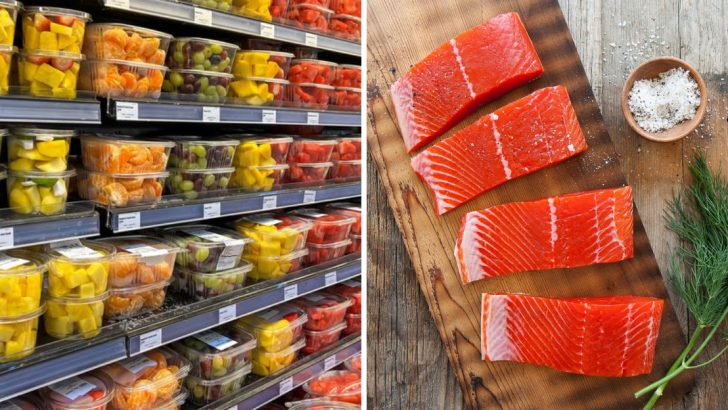Some foods drain your wallet without offering much in return, no matter how tempting the packaging looks. Oversized tubs of trendy snacks, overpriced health fads, and so-called gourmet shortcuts often leave nothing but regret in the cart.
On the flip side, a handful of ingredients truly earn their price tag with exceptional flavor, nutrition, or versatility. Here are eleven items that are a total waste of money—and a few that deserve a spot on your shopping list every time.
1. Pre-Cut Fruits And Vegetables
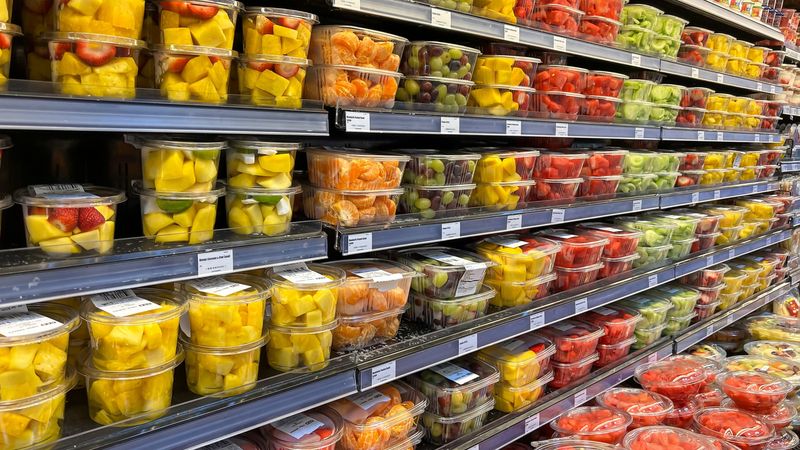
Convenience costs you a whopping 40% more at checkout! Those neatly diced onions and watermelon cubes might save ten minutes, but they’re bleeding your budget dry.
What’s worse? They spoil faster too. The moment produce gets cut, it starts losing nutrients and freshness. That container of pre-sliced bell peppers often turns slimy before you’ve used half.
2. Bottled Water
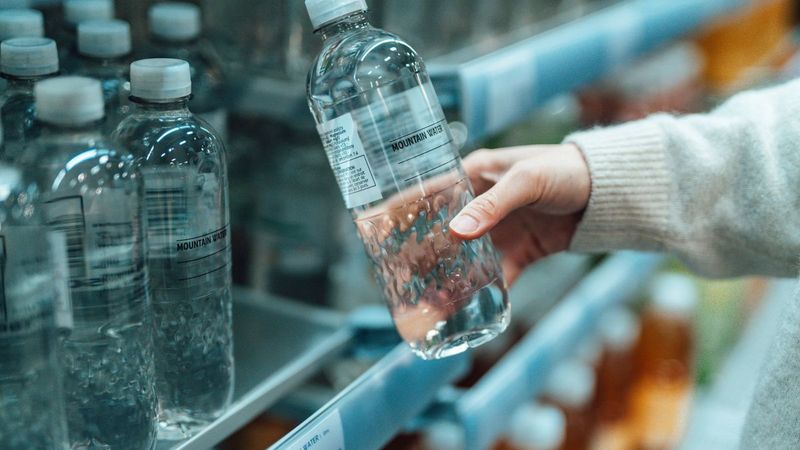
Holy hydration scam! You’re literally paying up to 2,000 times more for something that flows practically free from your tap. A gallon of municipal water costs about a penny, while that fancy bottled stuff can run you $7 or more per gallon.
Most bottled brands are just filtered tap water anyway. The environmental impact is equally horrifying – 80% of plastic bottles never get recycled, creating mountains of waste.
3. Single-Serve Snack Packs
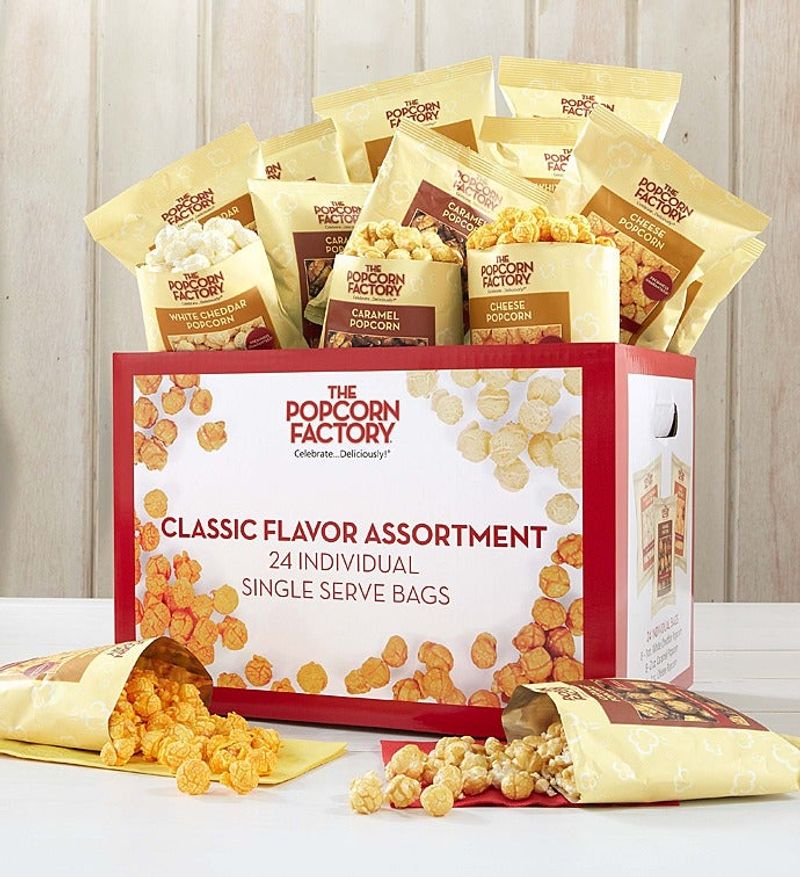
Those adorable mini-bags of chips cost a not-so-adorable 30-50% more than buying the full-size version. The tiny portions might seem perfect for lunchboxes, but you’re paying a premium for plastic and air!
Marketing wizards have convinced us these portion-controlled packs help with moderation. Reality check: you can divide regular-sized products yourself with reusable containers.
4. Trendy Superfoods
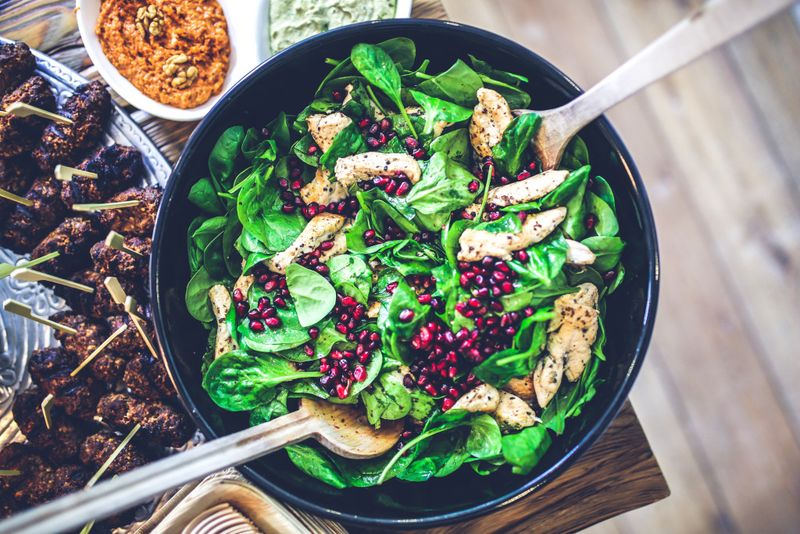
Açaí, goji berries, and spirulina won’t magically transform you into a superhuman, despite what Instagram influencers claim. These overhyped ingredients cost a fortune while delivering nutrition you can get from cheaper alternatives.
Remember when quinoa was just a grain instead of a $9 miracle food? The “superfood” label often means super-expensive with marginal benefits. Kale had its moment too, but spinach delivers similar nutrition at half the price.
5. Gourmet Ice Cream
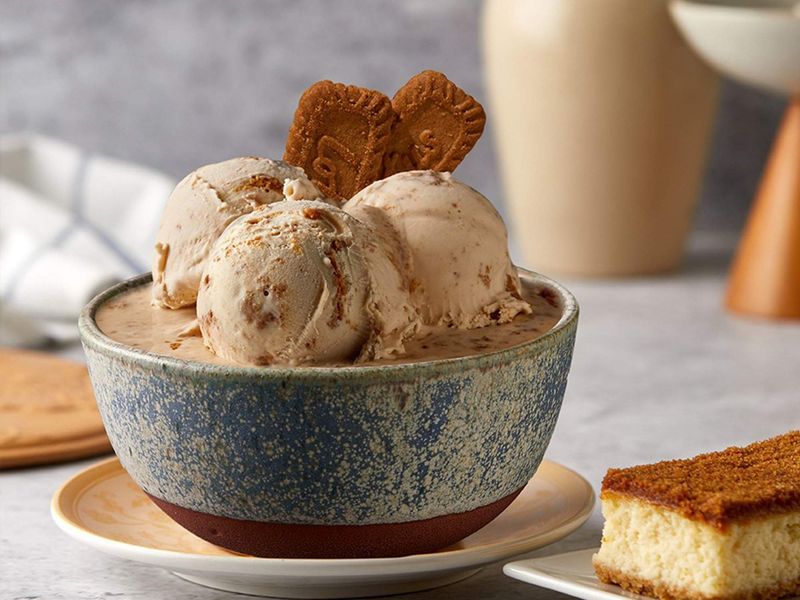
Twelve dollars for a pint of frozen dairy? The premium ice cream industry has mastered the art of making us feel fancy while emptying our wallets. That artisanal cardamom-infused vanilla might have a cute story on the carton, but it’s still just cream, sugar, and air.
Blind taste tests repeatedly show people can’t consistently identify expensive brands from mid-range options. The markup on these boutique frozen treats often exceeds 300% over production costs.
6. Name-Brand Cereals
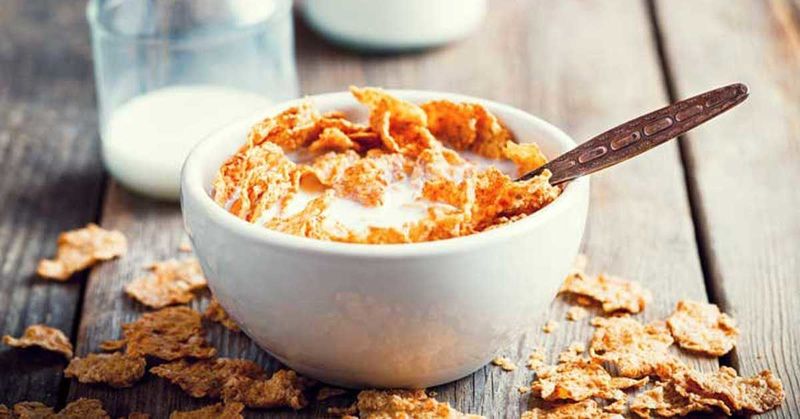
Cap’n Crunch and Tony the Tiger are charming fellows, but they’re charging you up to 40% more for essentially the same ingredients as store brands. The colorful boxes and cartoon mascots distract from what’s inside: cheap grains, sugar, and clever marketing.
Store brand cereals are often made in the same factories as the premium versions. Many supermarket chains simply buy the name-brand formula and change the packaging!
7. Juice Cleanses
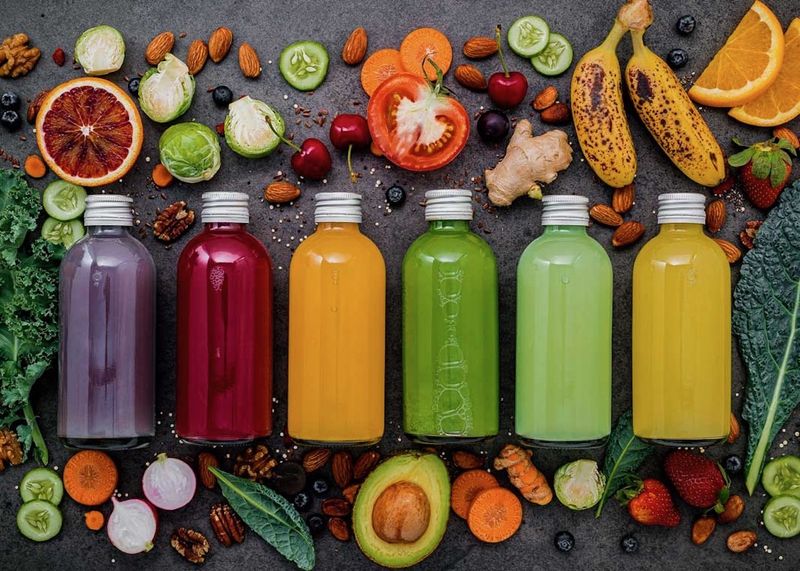
Spending $12 per bottle on liquid vegetables won’t detoxify anything except your bank account! These trendy juice programs can cost upwards of $70 per day while your perfectly good liver does the actual detoxing for free.
Nutritionists consistently warn that juice cleanses strip away fiber while concentrating sugars. Your body already has sophisticated systems for removing toxins – no overpriced cucumber-kale-lemon concoction required.
8. Meal Kits
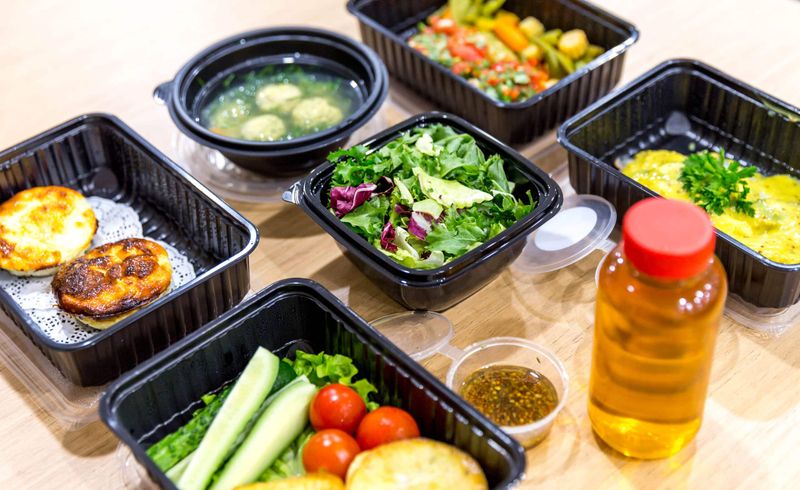
Sure, they arrive in fancy packaging with perfectly portioned ingredients, but meal kits charge you restaurant prices for the privilege of cooking dinner yourself! At $10-15 per serving, you’re paying premium rates for basic ingredients with a side of cardboard waste.
The tiny plastic packages of pre-measured spices seem convenient until you realize you’re paying dollars for pennies worth of seasonings. Most meal kit recipes can be found online for free.
9. Protein Bars

Glorified candy bars in disguise! Most protein bars pack more sugar than a Snickers while charging health-food prices. At $3-4 each, they’re among the most expensive ways to get protein into your diet.
Read the ingredients list on your favorite bar – many start with various syrups and contain multiple forms of sugar. Even the “natural” varieties often use dates or honey as their first ingredient, which are still basically sugar.
10. Pre-Made Smoothies
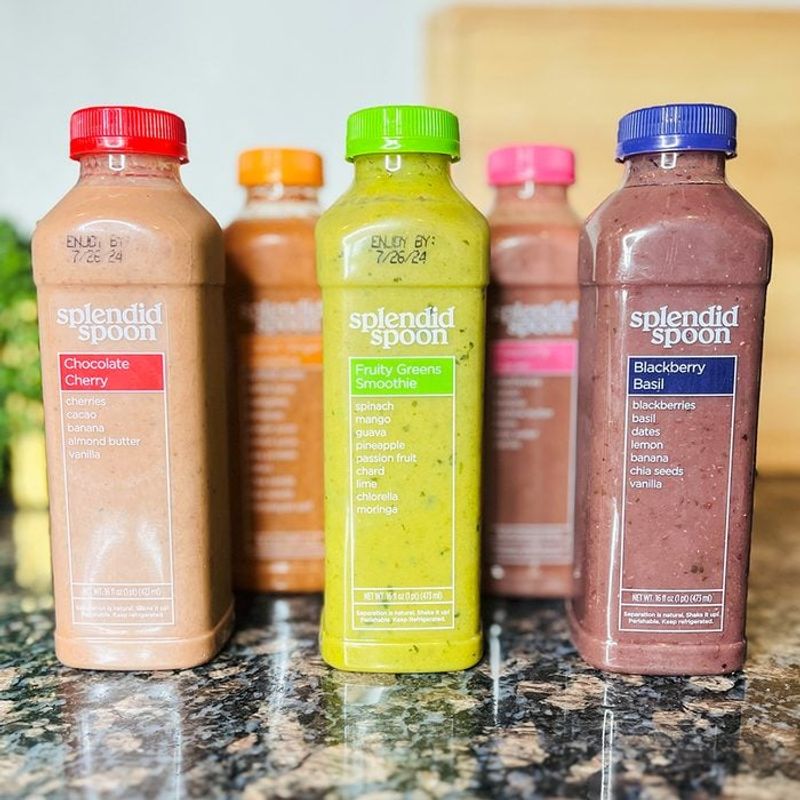
Starbucks and Jamba Juice charge $6-9 for blended fruit that costs about $1.50 in ingredients. The markup is astronomical even by fast-food standards! Many commercial smoothies also pack surprising amounts of added sugars and mysterious “bases.”
The worst offenders? Those refrigerated smoothies in bottles. They’re pasteurized, destroying many nutrients, and often contain preservatives to extend shelf life.
11. Microwaveable Meals
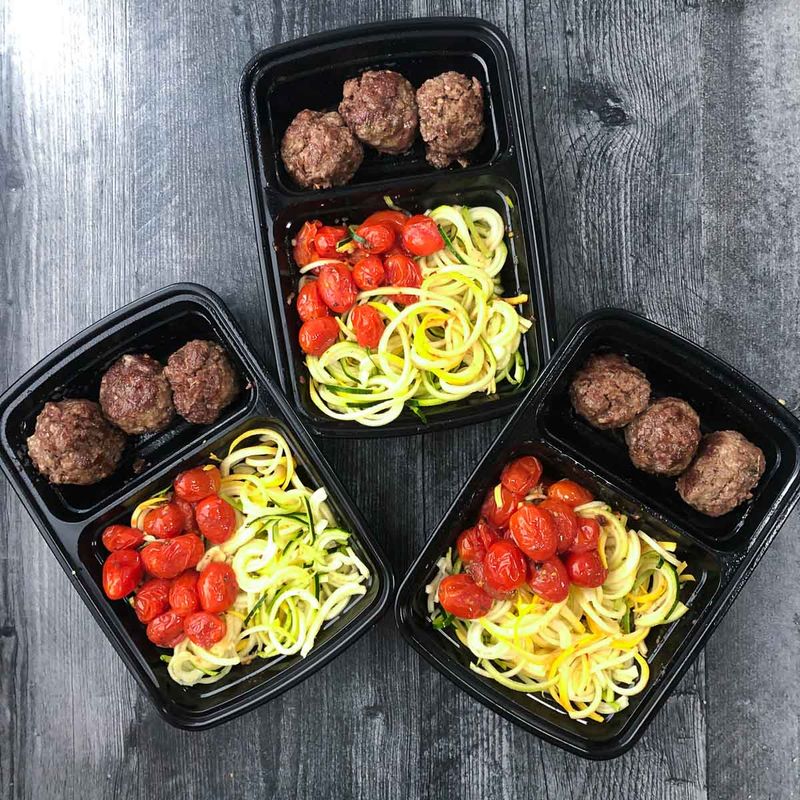
Frozen dinners have come a long way from the aluminum-trayed TV dinners of yesteryear, but they’re still highway robbery in a plastic tray. Those “premium” options charging $5-8 for microscopic portions should be criminal!
The cost per calorie makes these among the most expensive ways to feed yourself. Compare a $6 frozen lasagna portion to a homemade version at $1.50 per serving. The difference is staggering.
12. Authentic Parmigiano Reggiano
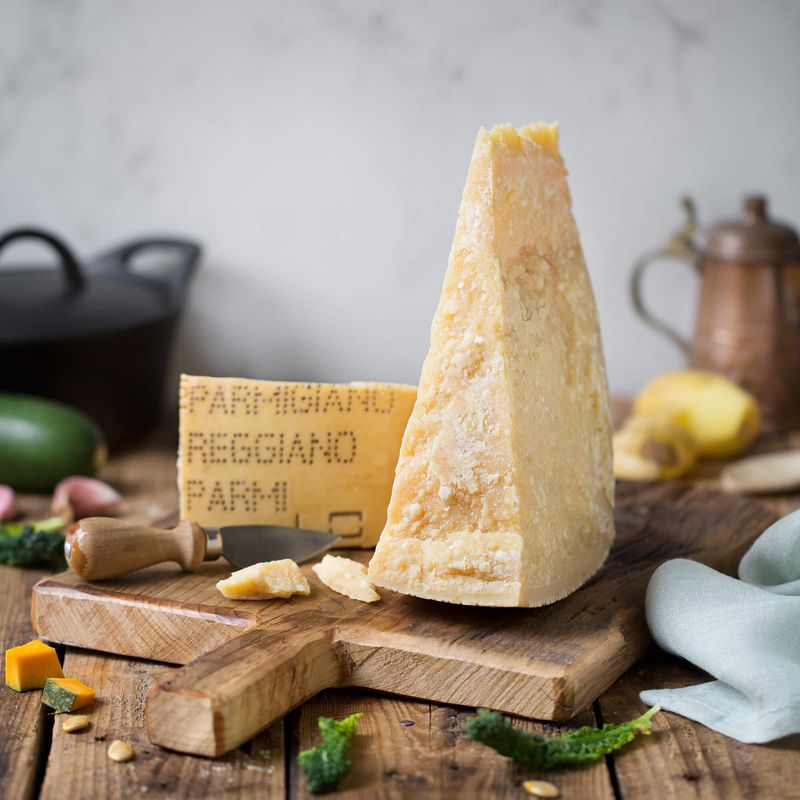
Not all cheese splurges are created equal! Real Parmigiano Reggiano – with its crystalline texture and complex nutty flavor – transforms ordinary dishes into extraordinary ones. This isn’t your dusty green canister of “parmesan.”
Authentic Parmigiano ages 12-36 months under strict regulations in specific Italian provinces. The craftsmanship justifies the $15-20 per pound price tag when you consider the incredible flavor concentration. A little goes remarkably far.
13. Real Maple Syrup
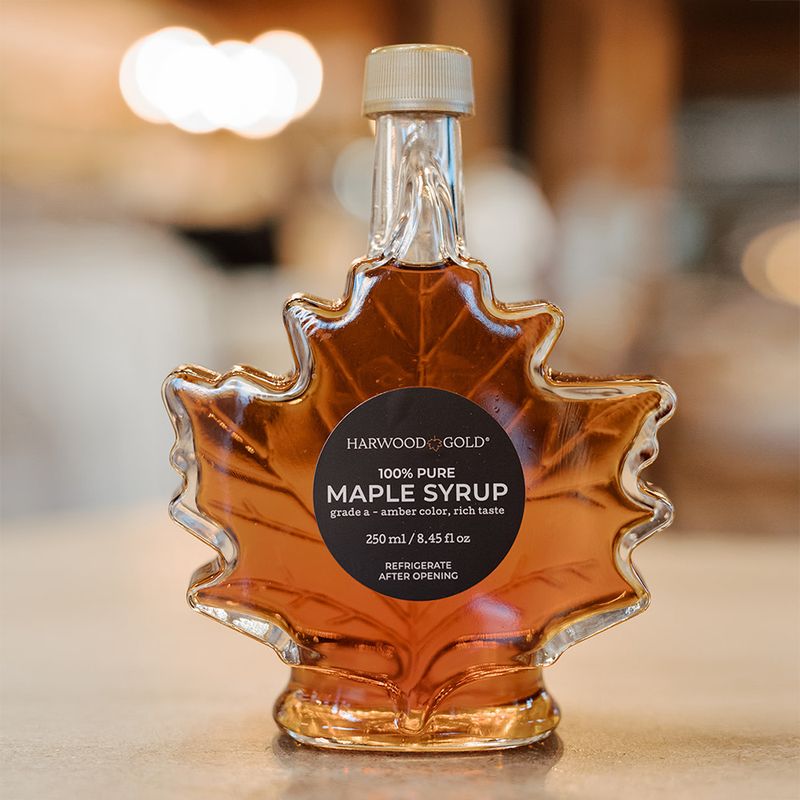
Forget that corn syrup impostor in the plastic bottle shaped like a kindly old woman! Pure maple syrup delivers complex flavors ranging from vanilla to caramel that no laboratory can replicate.
The production process explains the higher price. It takes 40 gallons of maple sap to make just one gallon of syrup. The labor-intensive harvesting and careful boiling create a natural product with minerals and antioxidants entirely absent in fake syrups.
14. Wild-Caught Alaskan Salmon
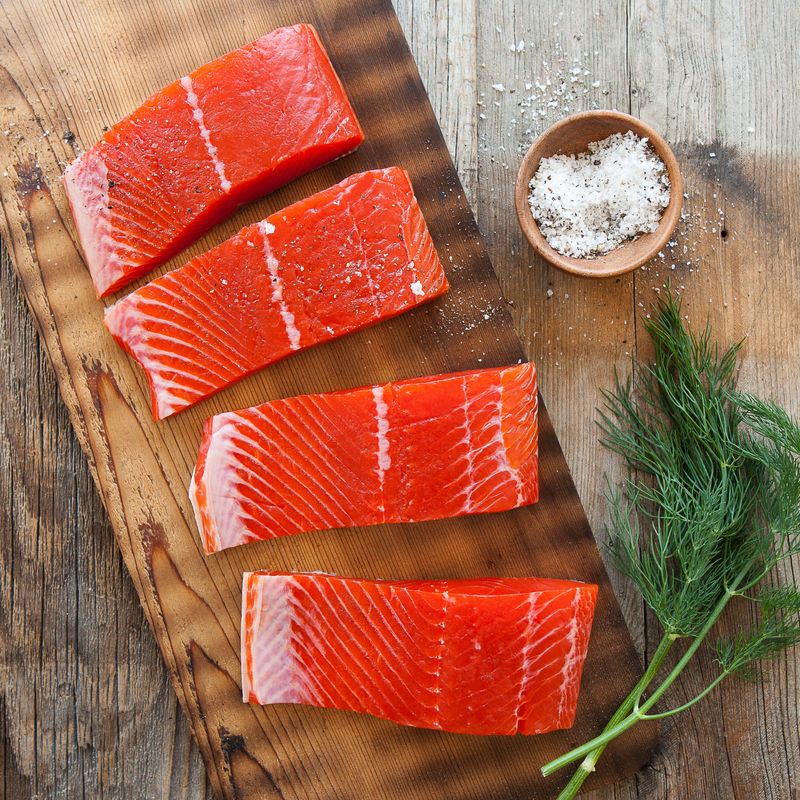
Farm-raised salmon might be cheaper, but wild Alaskan varieties deliver flavor and nutrition that justify their premium price. The deep orange-red flesh comes from natural astaxanthin – a powerful antioxidant entirely absent in most farmed fish.
Wild salmon swim thousands of miles, developing rich, distinctive flavors and firmer texture. Their natural diet of krill and smaller fish creates an optimal omega-3 profile without the antibiotics or artificial colorings common in aquaculture.

